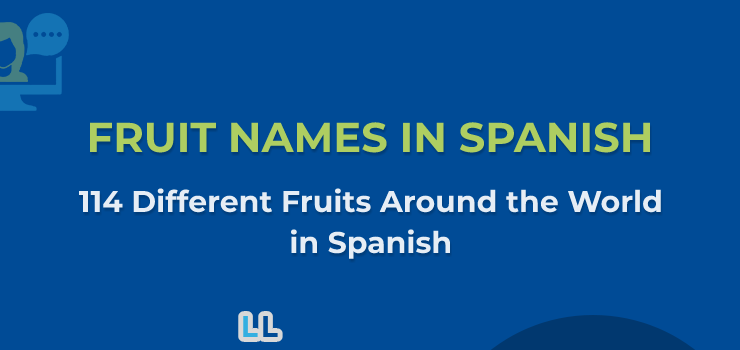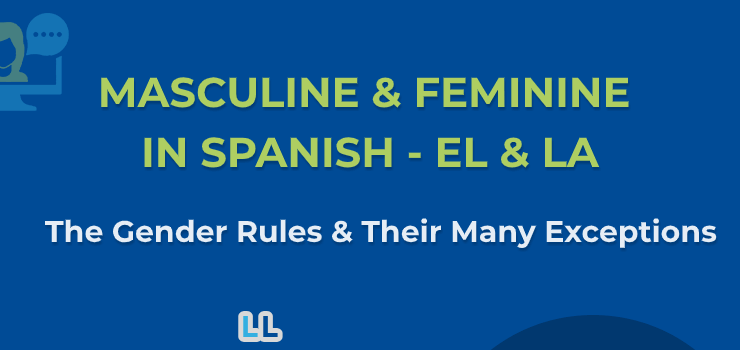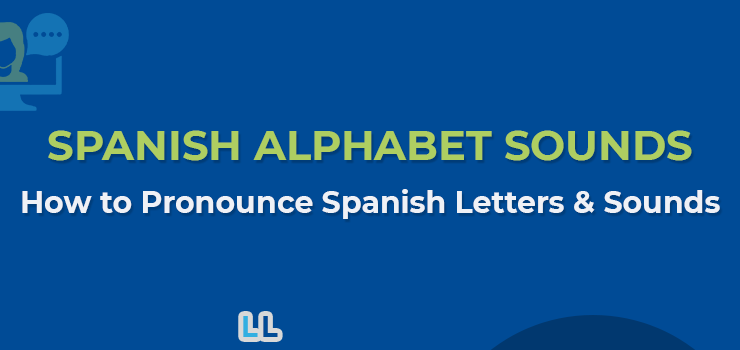The Test of English as a Foreign Language, more commonly known as the TOEFL, is most typically used by universities to determine the English level of a hopeful international student. However, many other professions from around the world use the TOEFL as a required (or recommended) certification. We analyzed what makes a good TOEFL score for 2020 across all categories. Broken down into four distinct sections (Listening, Speaking, Reading, and Writing), this exam works to measure your ability to use English in a university setting. How to get a good score in TOEFL is a whole beast of its own, but before you begin TOEFL prep, it’s important to start with knowing your goal. What’s a good TOEFL score? What do you need to earn to achieve your English language goals?






![What is a Good TOEFL Score? [2024 Update]](https://lingualinkup.com/wp-content/uploads/2020/05/toefl-score-740x350.png)

